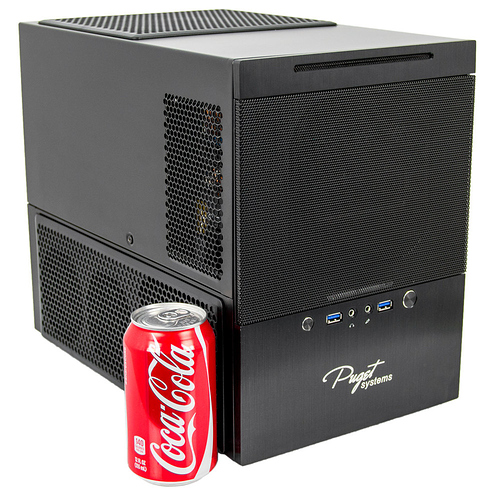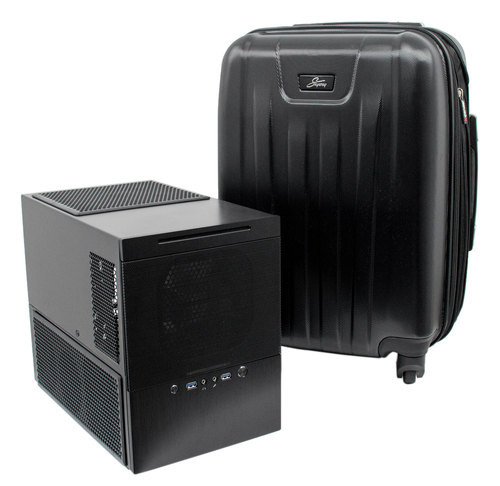Hi everyone,
Just thought I could share an update in this thread since posting the specs of my DL rig early May 2017.
Roughly: a 2015 i5-4690K (4 cores) Intel CPU + air-cooler, 16gb DDR3 RAM, Samsung SSD 500gb (not NVMe) + 3tb HD, a GTX 1080Ti, all into a 60$ Corsair box with a 650watts PSU.
Dual-boot Win 10 and Ubuntu 16.04, with a SSD swap file of 50gb (to complement the ‘low’ 16gb RAM, a must-have imho).
Since then, I’ve completed Part 1 and most of Part 2 (I focused on sections I found relevant to my business/job prospect, and skipped the rest for later use).
More importantly, about 3 months ago (mid-June 2017), I started doing Kaggle competitions “seriously” because (1) @jeremy highly recommends it for fast/practical learning and (2) it’s a metric used by a growing number of companies/recruiters if you don’t have a PhD from MIT/Stanford.
You can see my Kaggle results here, approx Top 25% on average (ie. better than Top 50% that Jeremy mentions in his lessons), plus a Bronze Medal.
I’d like to make one point very clear, so you don’t waste money on your rig in a useless fashion:
- Having a better rig would NOT have resulted in better Kaggle results.
An AMD Ryzen ThreadRipper 1950X with 16 cores and 32 threads (999$) and a GTX Titan Xp (1200$) would have make little difference, not to mention an even more overpowered rig with multi-gpu (and its pain-in-the-arse setup, check Tim Dettmers blog).
If you can afford it, good on you but…
Once you have a nVidia GPU with 8gb vram, a decent CPU with 4 cores and a SSD to handle the OS/data/swap, you can handle any Kaggle competition to reach Top 25%.
If you can’t, don’t blame the hardware and look in the mirror ![]()
Eric PB
PS: if you think Part 2 is more demanding on DL hardware, you can check the full menu here



